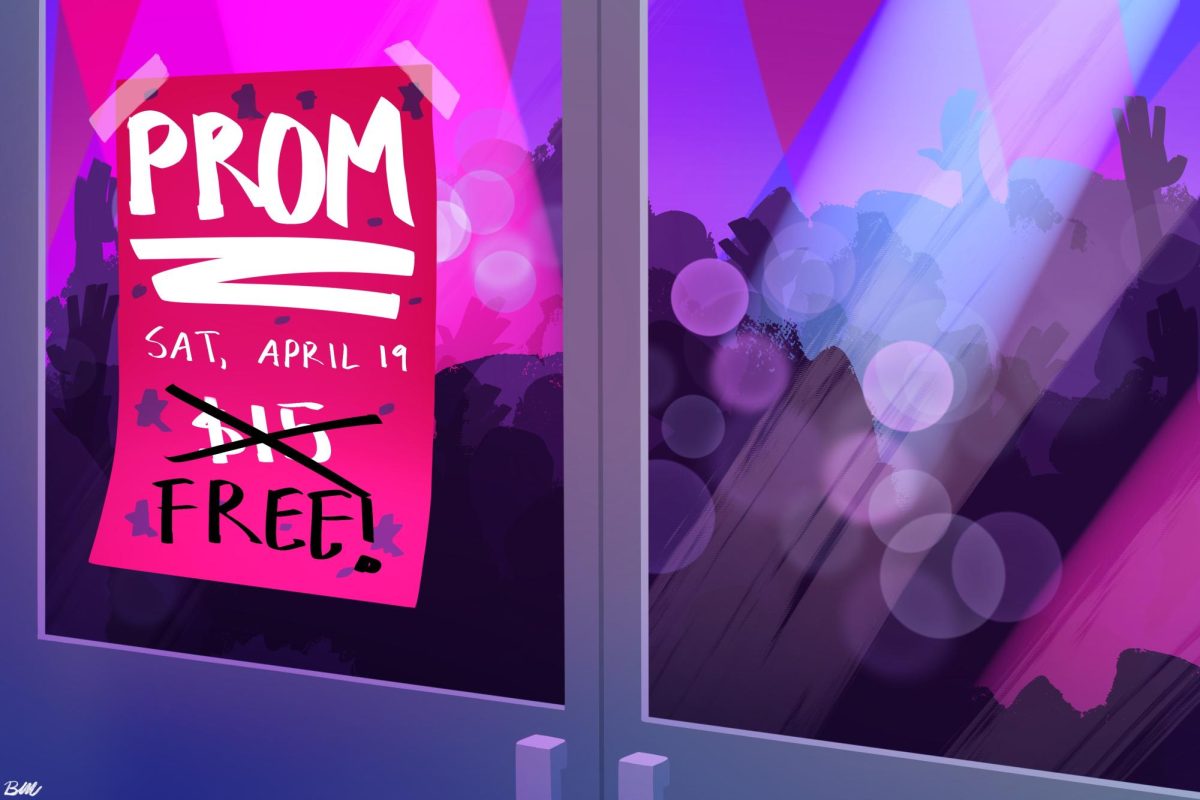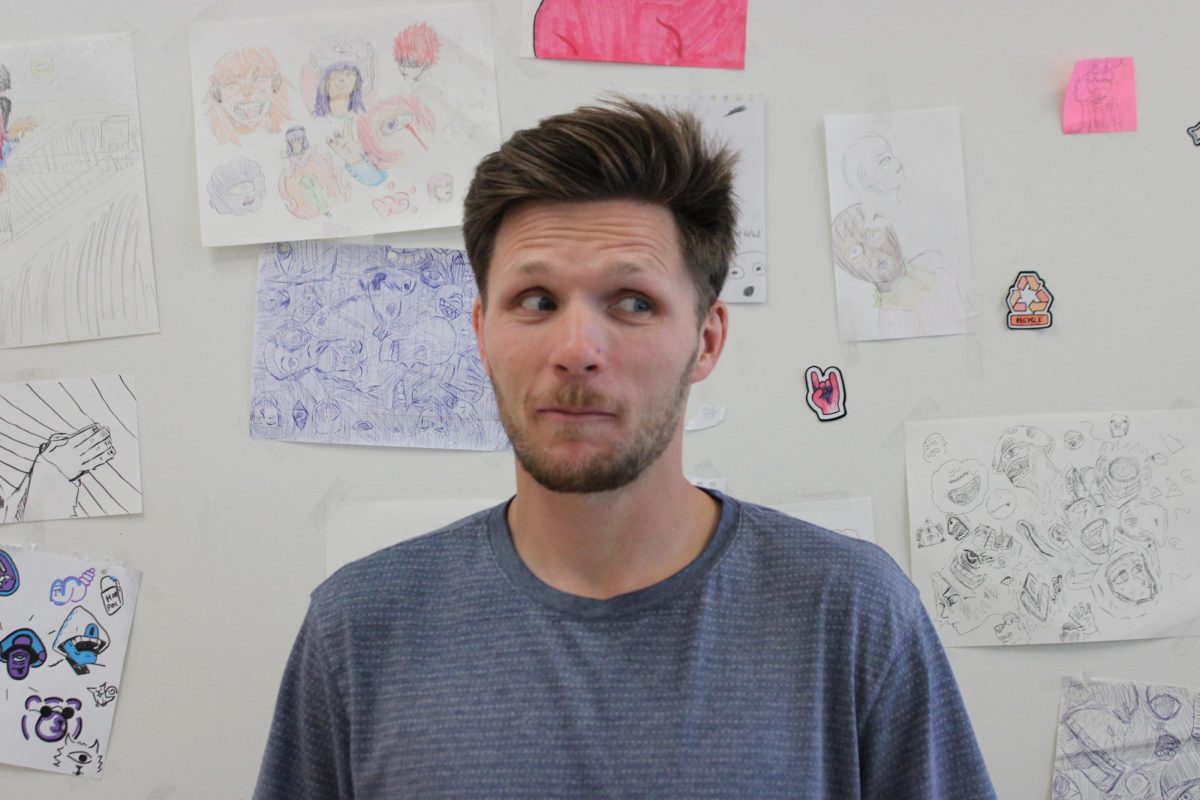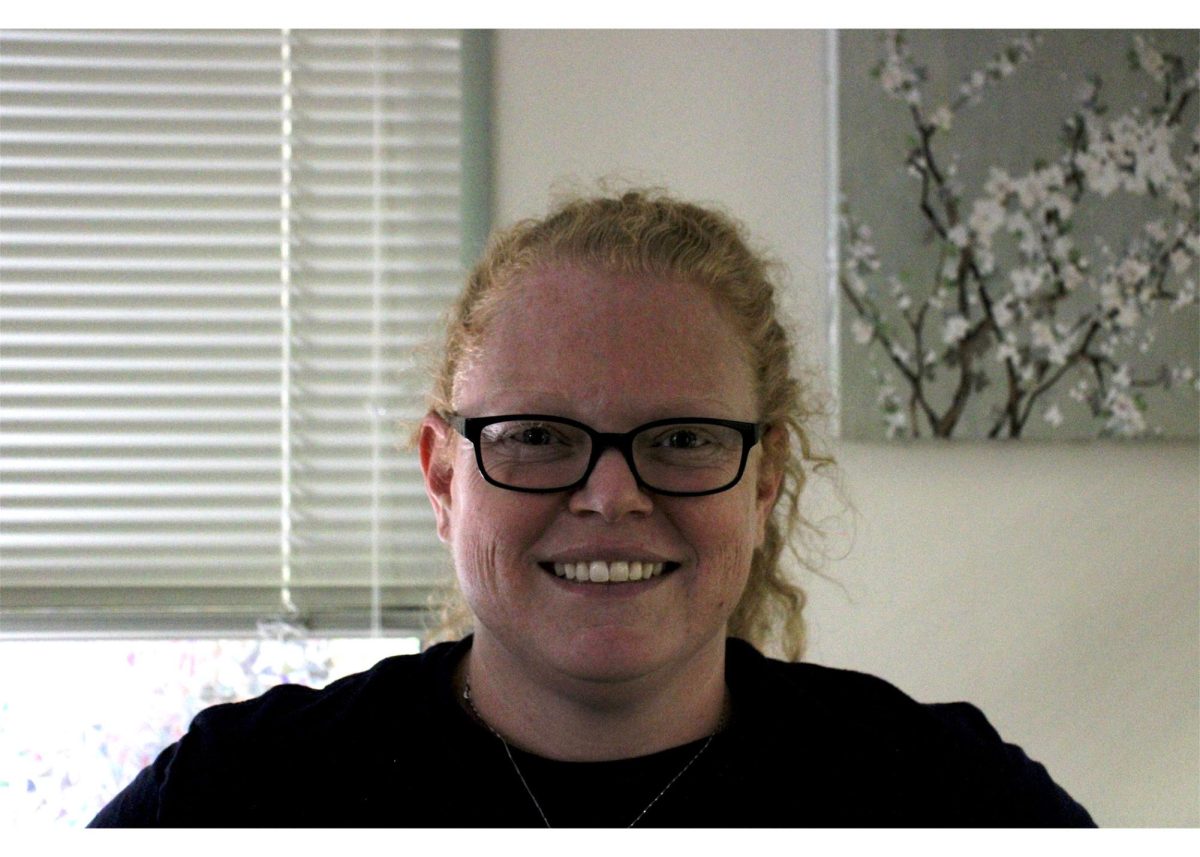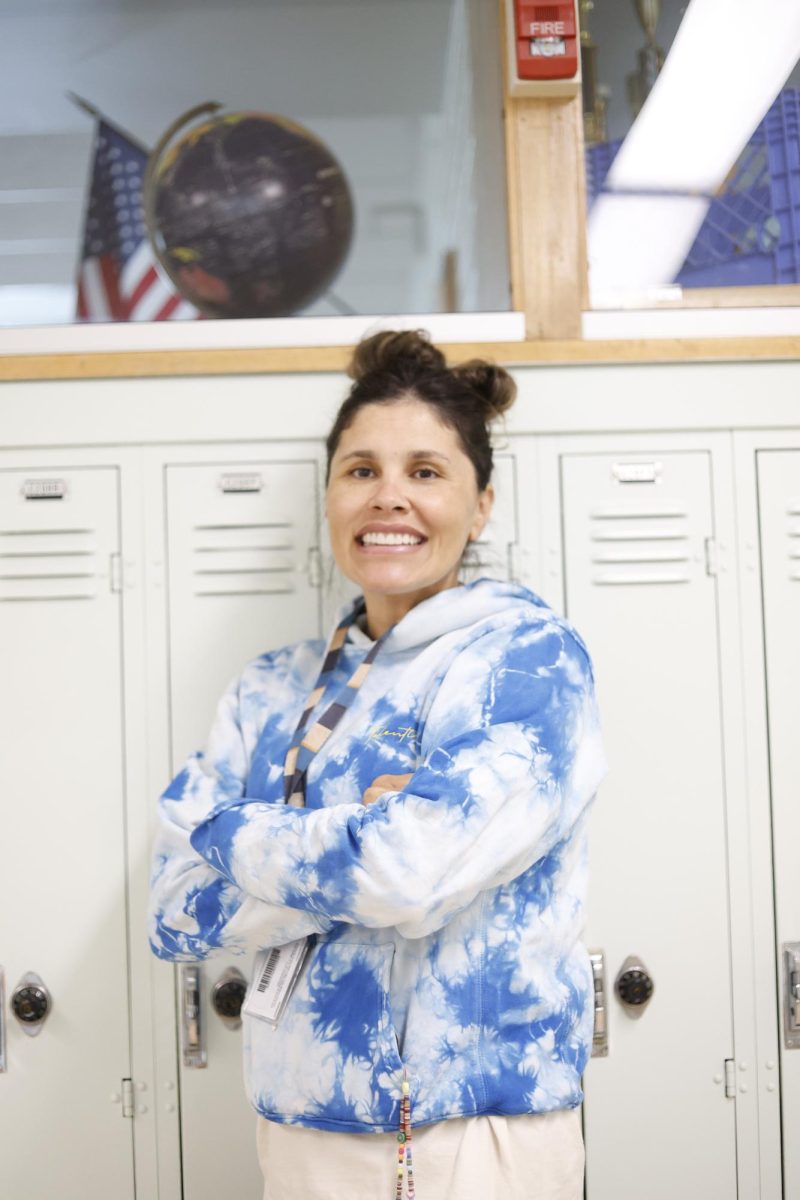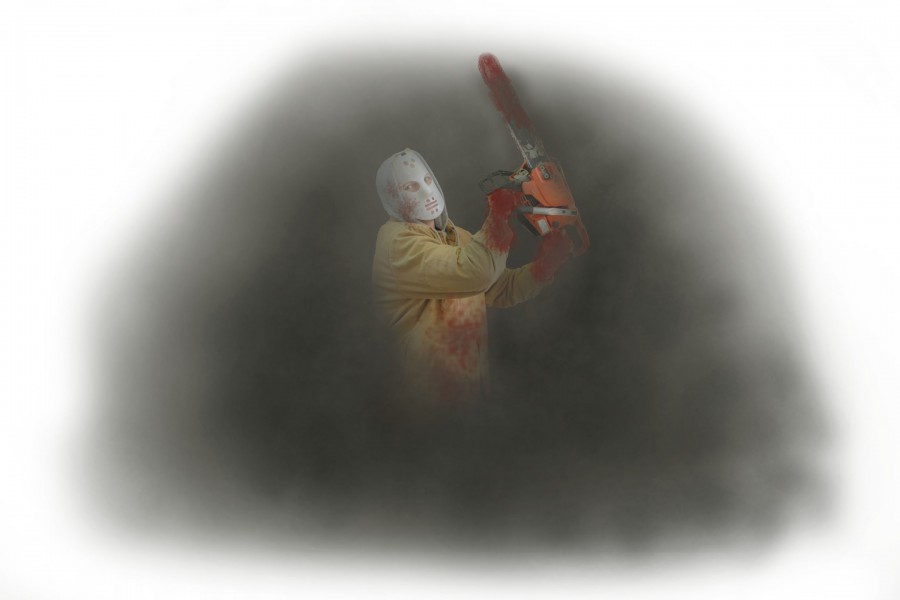‘Tis The Gore Season
Gore Fascinates And Disgusts, But Loving Blood Could Actually Be A Sign Of True Humanity
Gore has become a popular medium, especially around Halloween season.
November 4, 2014
Children shred apart the limbs of their family members with lawn mowers, accredited psychiatrists gleefully skin women alive, and a little boy hiding under a bed slices someone’s Achilles tendon in half. These grotesque images are just a handful of the many portrayed during the Halloween season.
Horror takes the spotlight every October: haunted houses open, porches are adorned with cobwebs, and couples cuddle up on the couch together to watch people get massacred by psychotic Raggedy-Andy dolls. It’s quite the bonding experience.
The situations depicted in haunted houses, horror movies, or even on front porches tend to be decorated with gore, violence, and gruesome suffering. During Halloween, these things become socially acceptable, as people seek to be scared and disturbed, but at any other time of year a fascination for the morbid connotes bloodlust. Nobody has a headless Santa Claus on top of their roof during Christmas time, but Halloween allows everyone to let down their guard and embrace the blood and guts of the season.
“All these crazy things happen that are so untypical and twisted, and you really have to think about them—you feel adrenaline, but you know nothing bad is actually gonna happen,” Highland junior Georgia Peterson said.
The popular belief has always been that exposure to disturbing or violent images, especially in large amounts, detrimentally affects the human psyche. Research done by psychologist Eric G. Wilson, Ph.D. indicates that this might not actually be the case.
In his book, Everyone Loves a Good Trainwreck: Why We Can’t Look Away, Wilson writes, “Our attraction to the macabre is, on some level, a desire to experience someone else’s suffering.”
This suggests that humanity’s inherent morbid curiosity isn’t something to fear or be ashamed of, but rather something that helps people connect with one another.
When someone watches a horror movie and something disturbing happens, they are immediately drawn to it because they want to gain an understanding of the situation. People want to feel the same emotions that the characters in the movie are feeling without having to experience it first hand.
As SPA sophomore Syrenna Lisonbee put it, “It’s all about empathy.”
Empathy is the ability to experience and understand the pain and emotions of another whether from personal or second-hand experience. During Halloween especially, people are exposed to an abundance of human misery through horror movies and novels, haunted houses, and the media.
“These things shake people out of their daily routine. We live in this safe experience of life, and when we hear about horrible or unusual things, our human curiosity spikes,” social worker Kimber Christensen (LCSW) said.
In circumstances where another is suffering, this curiosity allows onlookers to foster their empathy and tenacity by taking in all of the details. People aren’t always enjoying the suffering, they are simply learning from it. It’s almost as if gory horror films help prepare people for the worst-case scenerios that could happen.
“It could be considered an evolutionary development; people stay safe by learning as much as possible about dangerous things. So if we see a car accident or hear about something disturbing on the news, we are drawn to it because we want to learn as much about it as possible to prevent it from happening to us,” Christensen said.
This year’s school play, Sweeney Todd, is the epitome of disturbing; the story follows barber, Sweeney Todd, who kills his customers in a murderous frenzy, and then proceeds to send his victims through a trapdoor into the bake shop downstairs. There, Todd’s accomplice, Mrs. Lovett, bakes the bodies into her pies and sells them.
While the premise of the play is dark, it is also so bizarre that the disturbing aspects of it are humorous to the audience. Humor cultivates human connection, so the audience is able to channel their inner psychopath, and root for Todd and Lovett.
Empathizing with a villain can be a positive thing because it provides a broader perspective on human action and emotion. Nobody roots for the serial killer in real life, but in fiction it can allow for a deeper understanding of why someone would choose this path.
Peterson, the female lead in the play, is a huge fan of horror, and loves watching American Horror Story and Grave Encounters. She’s attracted to the twisted aspects of these shows.
“You get to experience these situations without having to deal with the consequences,” Peterson said.
According to both Lisonbee and Peterson, in order for something to be disturbing, it must be realistic.
“In horror movies, if the character is making logical, rational decisions that we can see ourselves making in a similar situation, then I think we are affected much more,” Lisonbee said.
This encompasses the idea that empathy is one of the main driving forces in the appeal of the horror genre. If a filmmaker is able to create characters that are relatable, people care more about them, so when something creepy happens to the character, it creates a greater reaction from the audience.
“The things that are realistic are the scariest because they could actually happen,” Peterson said. “And when you put it into context and imagine hearing about it on the news, it is so overwhelming.”
Watching these shows–indulging in the morbid–this Halloween is not necessarily a bad thing; it could, in fact, promote the overall compassion of humankind.
That is, unless Scream gives grandpa some ideas, and he decides to pull the carving knife on everyone at Thanksgiving.



